
-
- CommentAuthorbobfike
- CommentTimeNov 6th 2012
I posted some teaser pics a while back in The Room, but here goes the build thread.
Lots more pics: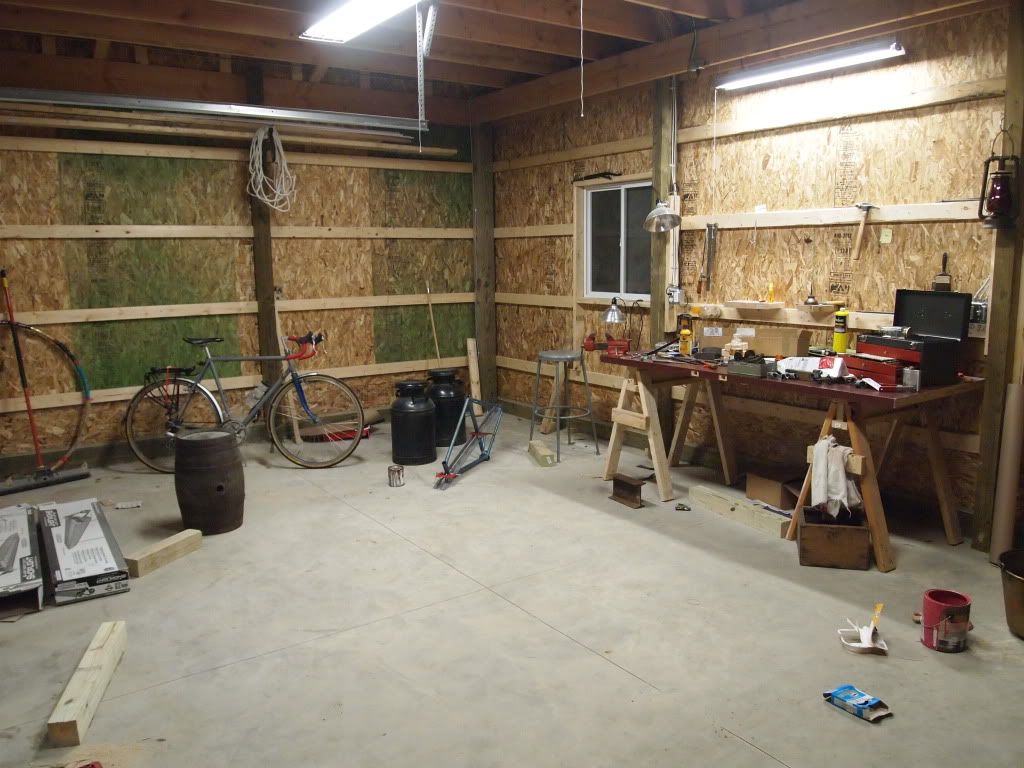
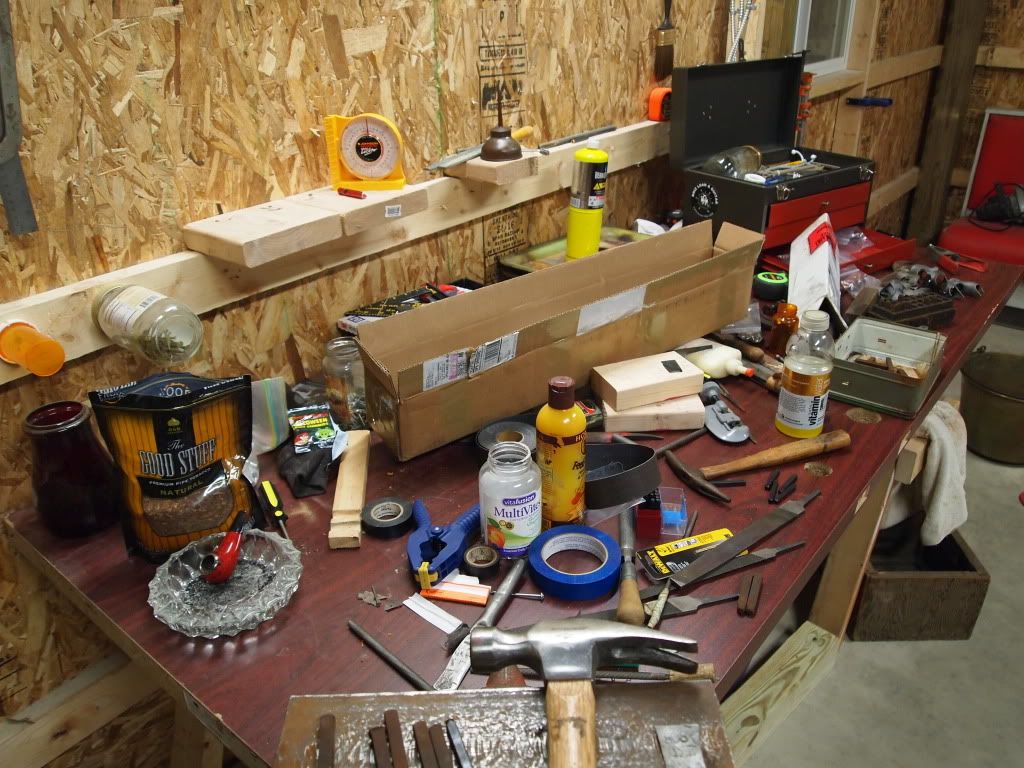
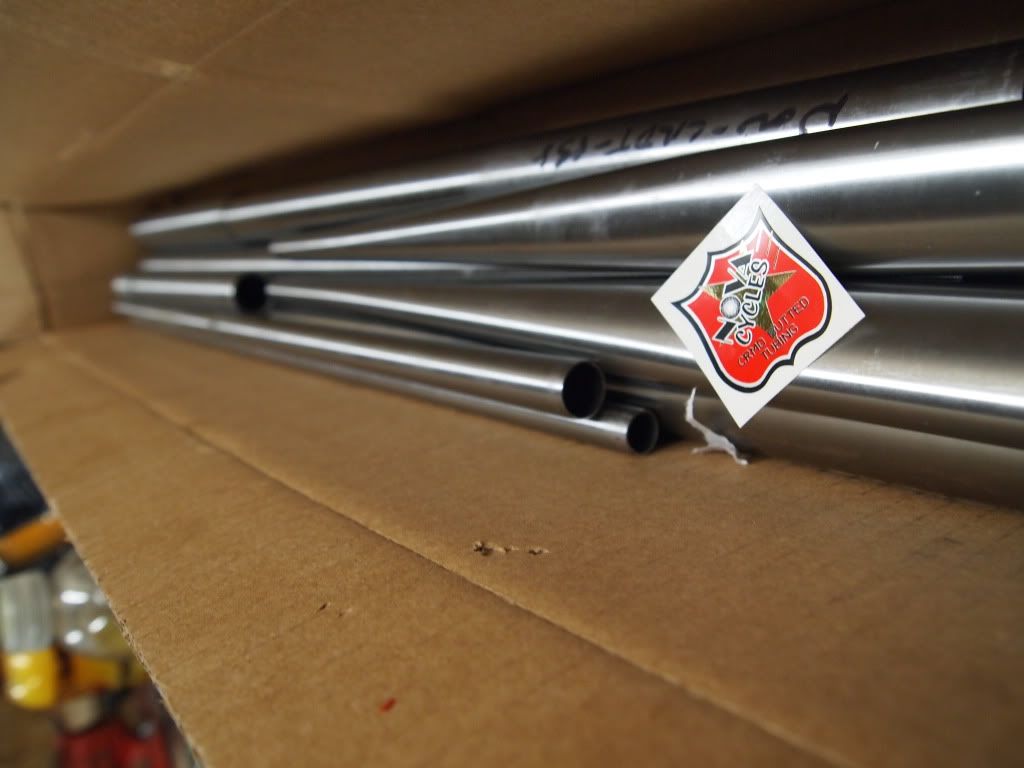
Two options for lugs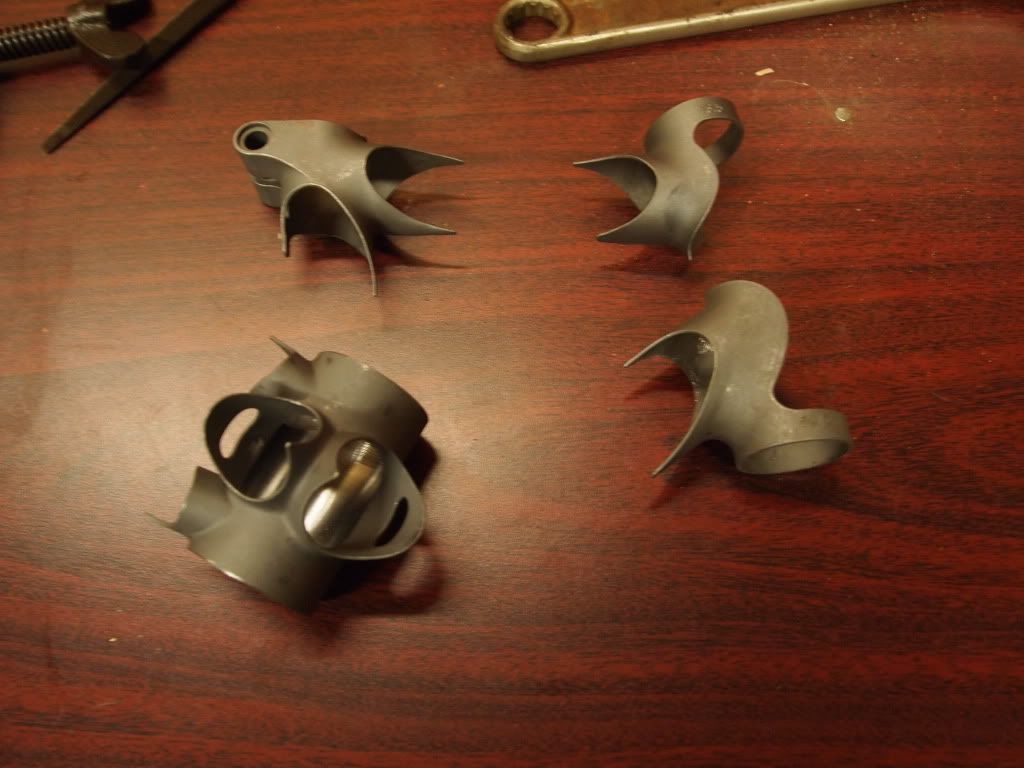
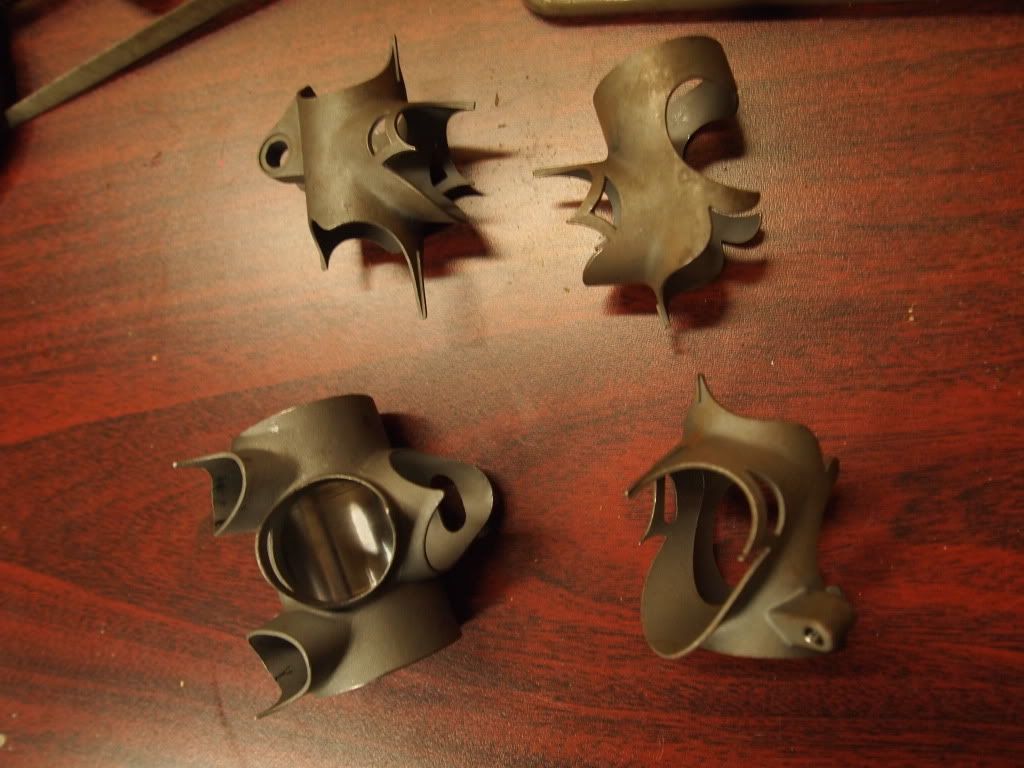
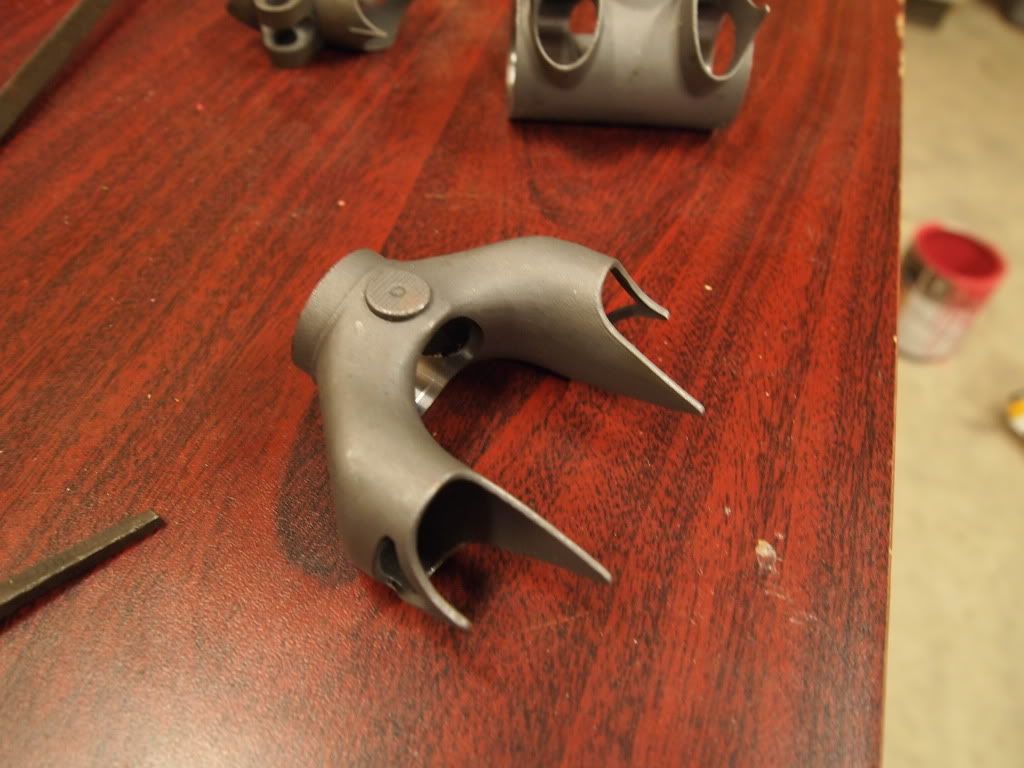
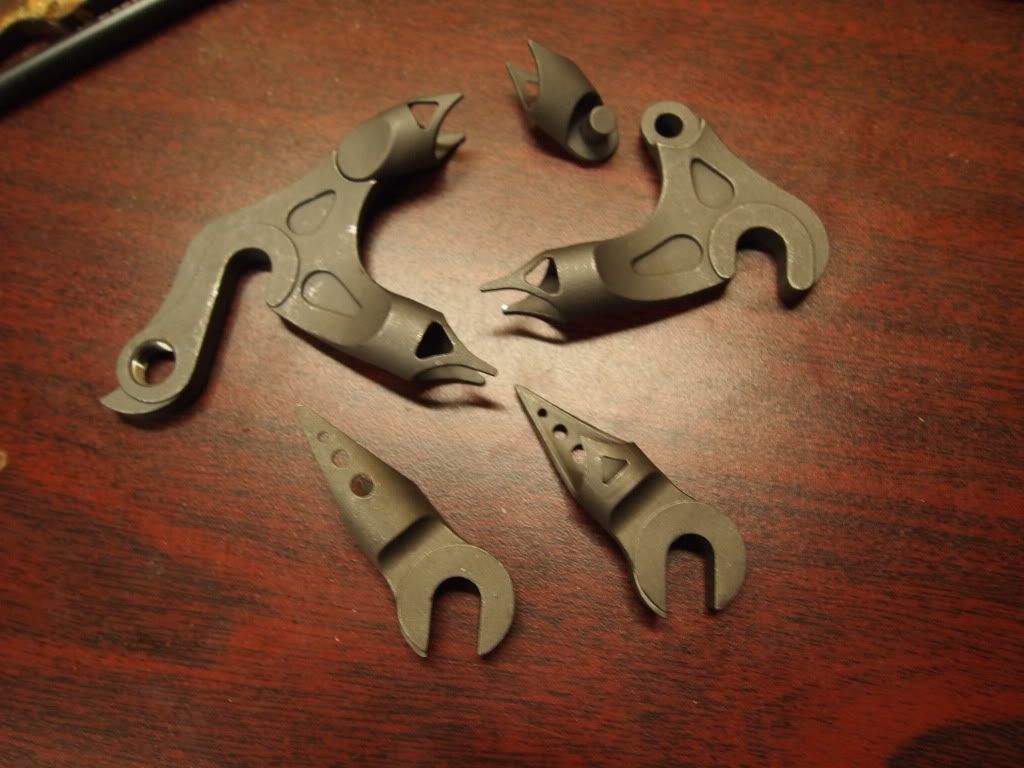
Assorted braze-y bits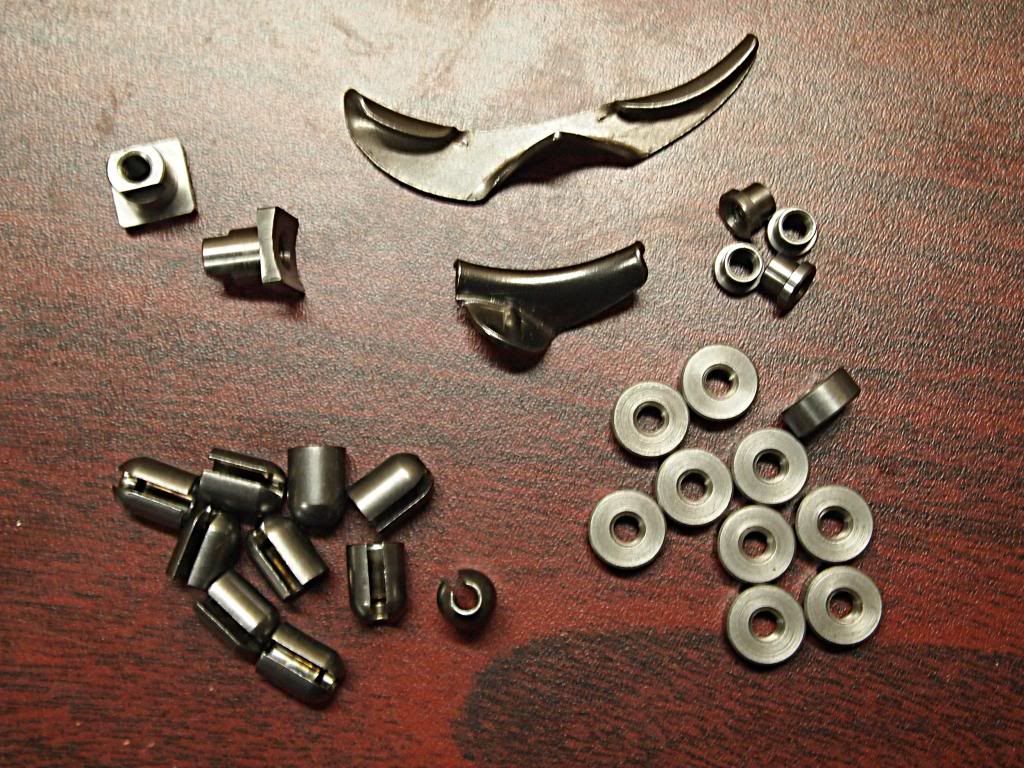
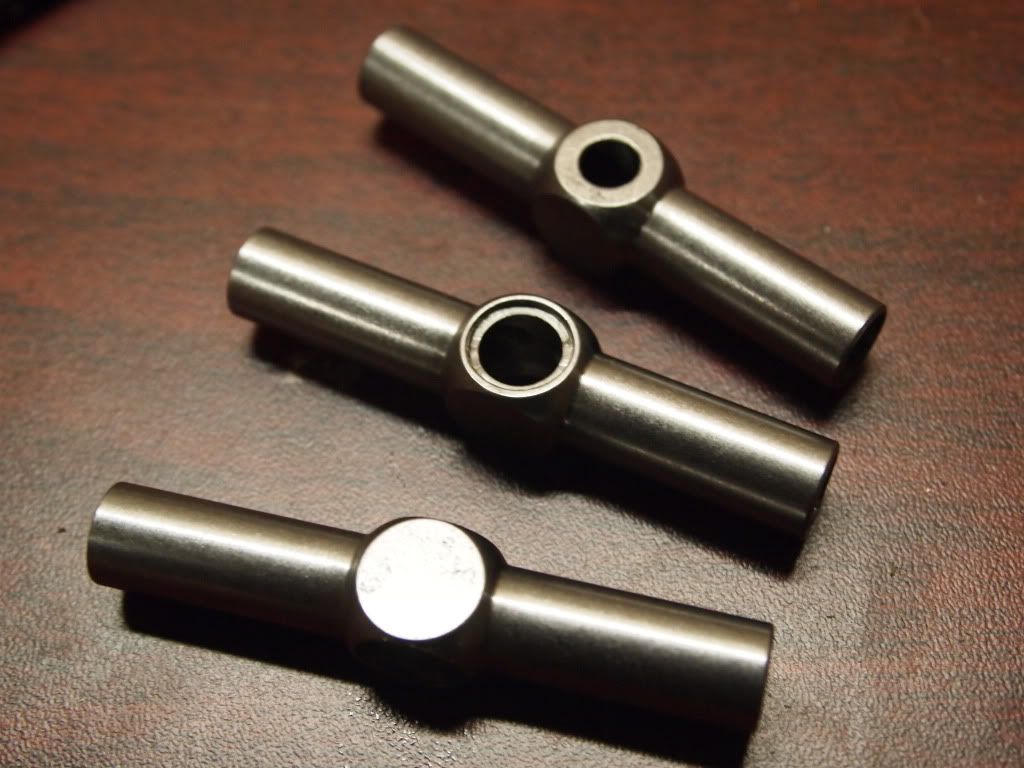
Some 5/8" tubes for fun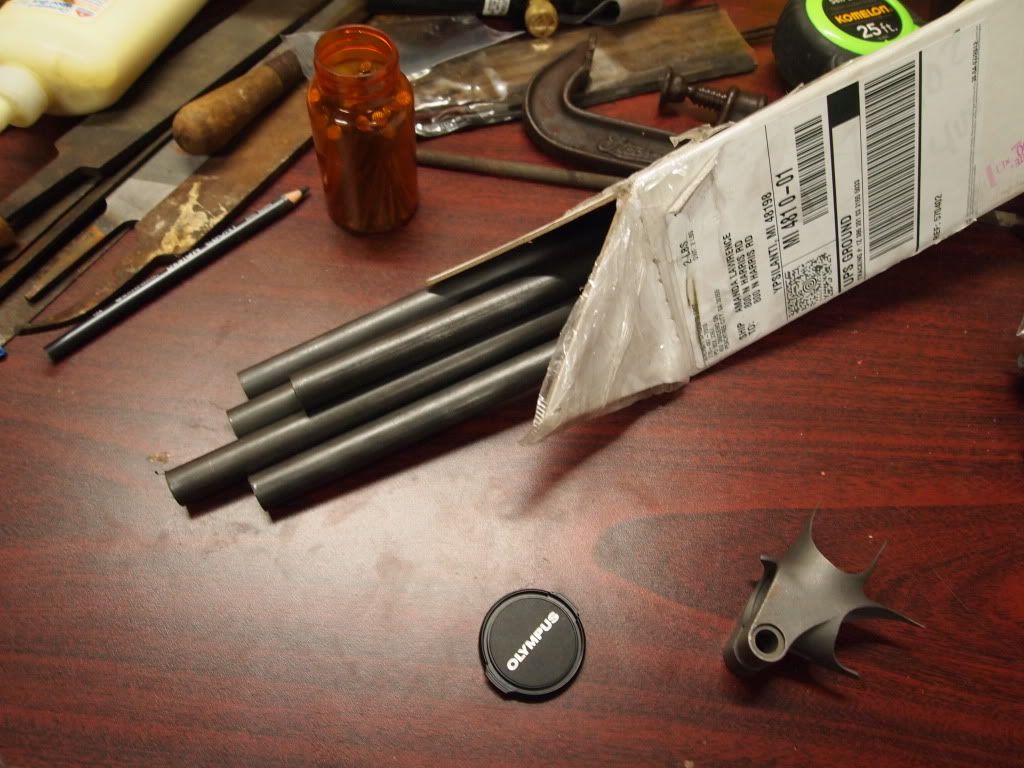
This one is almost a knife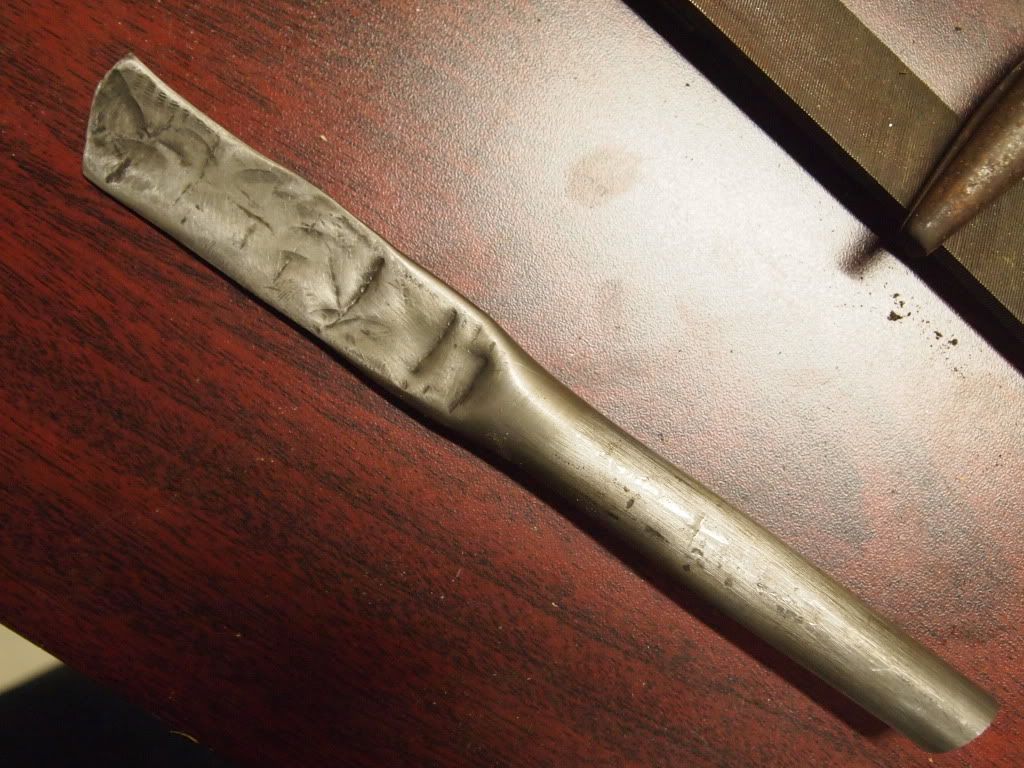
BB cutout design
Alpha headbadge prototype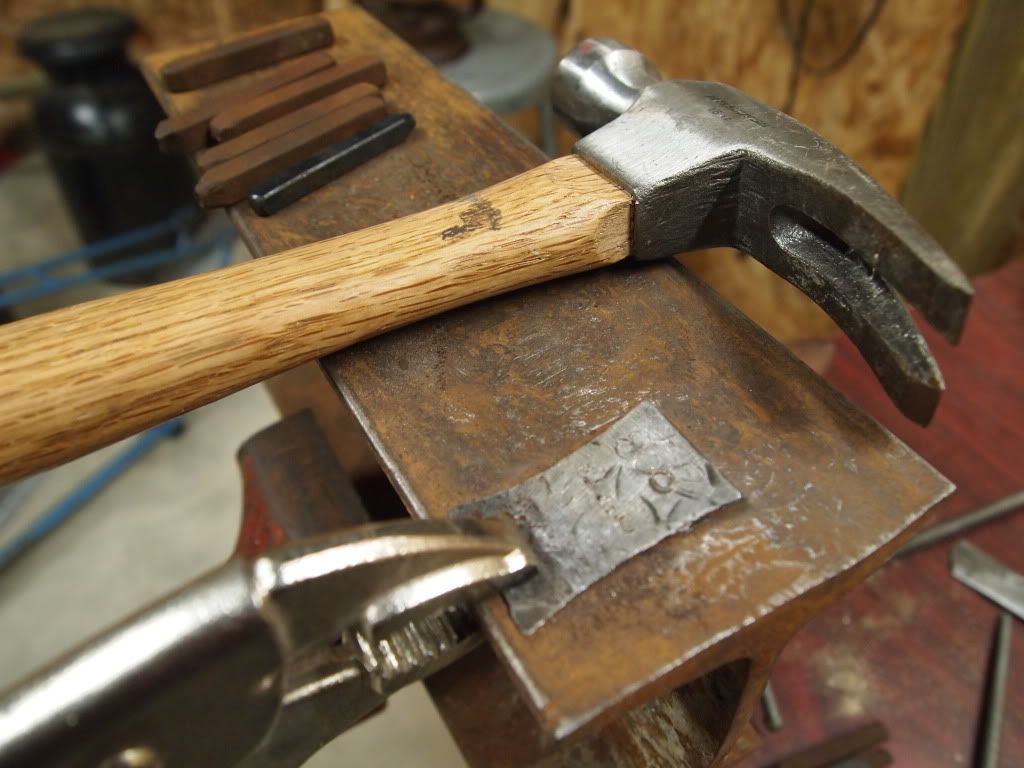
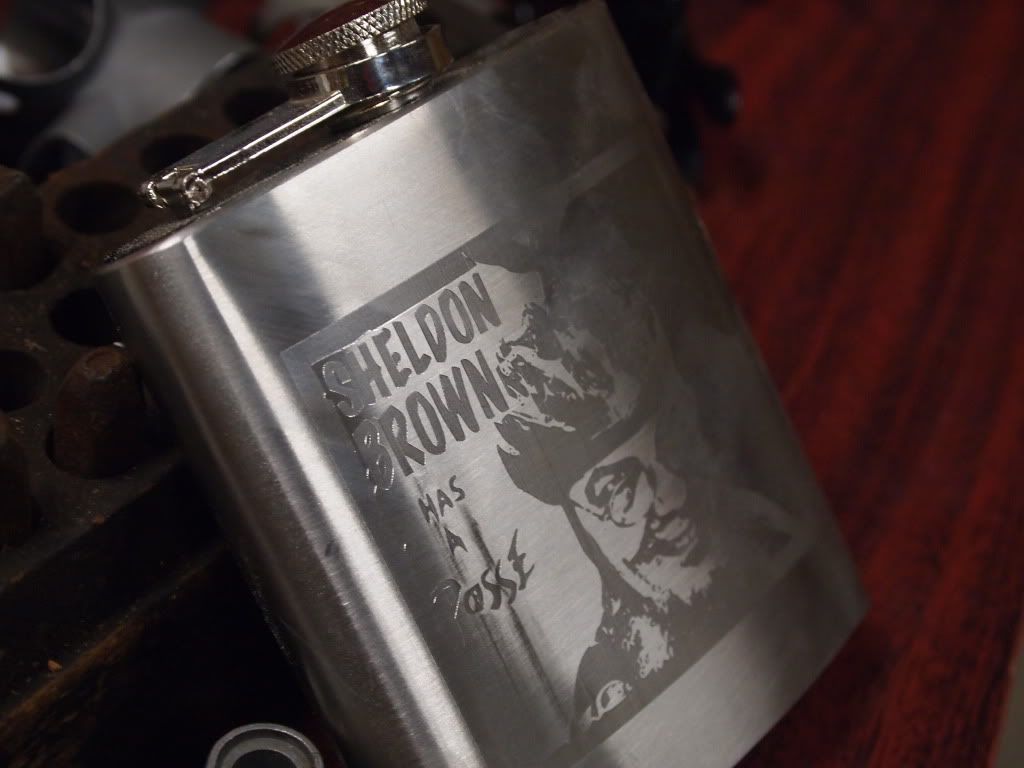
No shop is complete without the Lanterne Rouge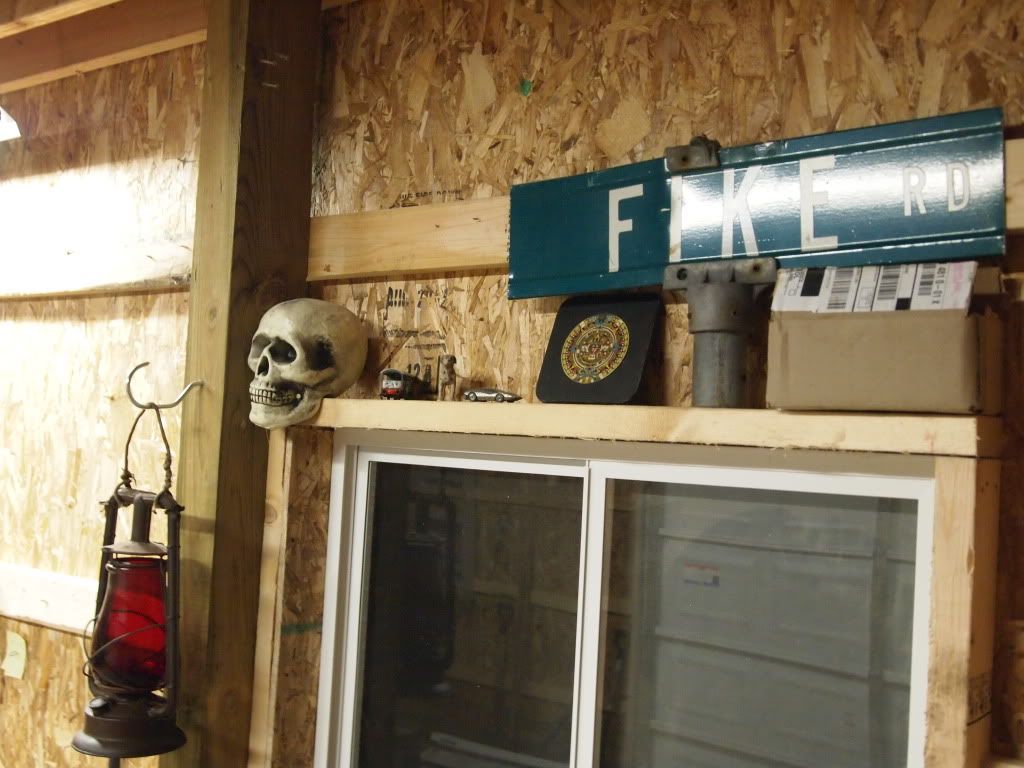
001 is over in the corner, semper fortis et fidus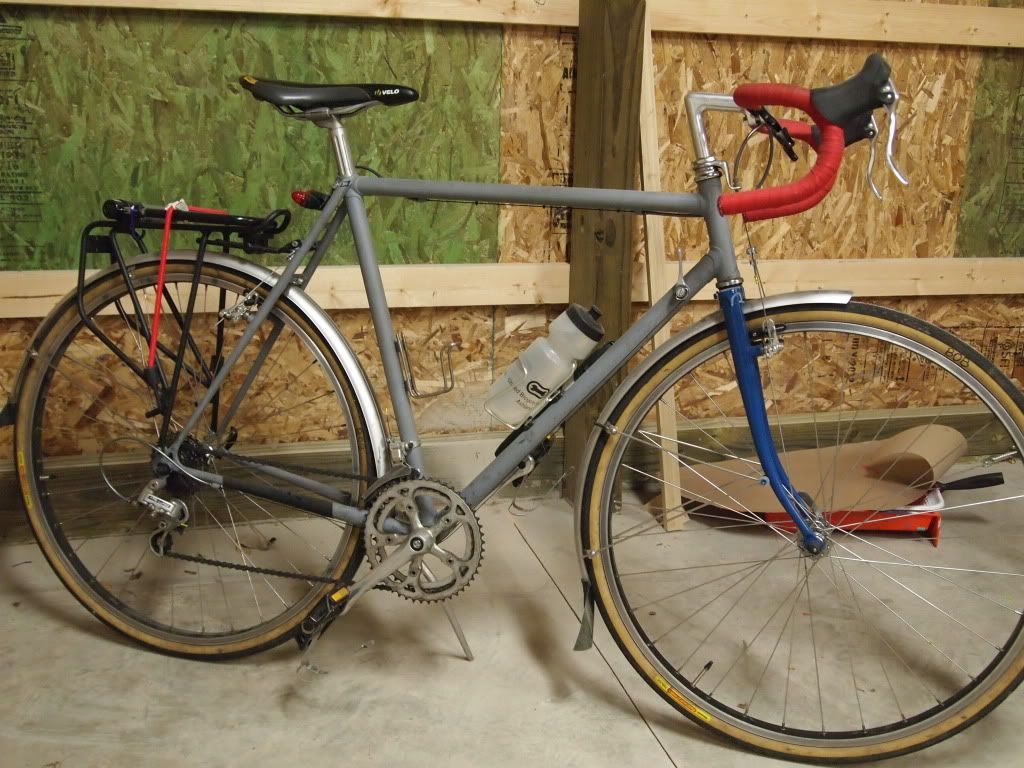
-
- CommentAuthorrollins
- CommentTimeNov 6th 2012 edited
ugh, I wish I knew how to do this shit. So tell me, I've always wondered how a lugged frame works. Is there any actually welding? Bonding? Where do you source the supplies from? How did you become such a raging, manly, bad ass? Is that work shop meticulously hand crafted from tooth picks? Did you construct that work table from a door you kicked down in the Orange County Chopper factory? Spill the beans, bro. -
- CommentAuthorMancha150
- CommentTimeNov 6th 2012
I want your workshop so bad. -
- CommentAuthorspcycuttlefish
- CommentTimeNov 6th 2012 edited
Literal build thread! Nice! -
- CommentAuthorHaegan
- CommentTimeNov 6th 2012
Lugged frames are brazed by pulling melted bronze or silver solder through the joint. -
- CommentAuthoridrinkwater
- CommentTimeNov 6th 2012
so cool. Please document more! -
- CommentAuthorsocal3rensho
- CommentTimeNov 7th 2012
Are those Klein lugs? -
- CommentAuthorcicadashell
- CommentTimeNov 7th 2012
Posted By: Mancha150I want your workshop so bad.
screw the workshop, how i can i get banner ads to appear over the pictures i embed in my threads?
seriously, though, i envy you your hobby, bobfike sir. -
- CommentAuthorrollins
- CommentTimeNov 7th 2012
Posted By: HaeganLugged frames are brazed by pulling melted bronze or silver solder through the joint.
how exactly is it pulled through the joint? Your wording confuses me a little because I can't envision pulling solder through the joint, is it poured into the lug like glue, with the tubes inserted behind or maybe wiped around the tube like pvc piping joints? -
- CommentAuthorHaegan
- CommentTimeNov 7th 2012
With heat. Fairly low heat for a metalworking process but still 600+ degrees I think. You heat the lug which is a cast peice of steel and then you use your heat source (usually a torch or even a tig weldor) to guide the melted solder through the joint. -
- CommentAuthorrollins
- CommentTimeNov 7th 2012
like a magnet? -
- CommentAuthorbobfike
- CommentTimeNov 7th 2012
Yeah, miter the tubes, assemble the joint with lots of flux, heat with a torch (usually oxy-acetylene, I'll be using MAPP for most of this frame, but definitely NOT a TIG welder) when the flux turns glassy clear, feed high-silver filler into the lug and use the torch's heat to guide it all the way through the joint with capillary action. Clearances have to be tight; no gaps bigger than the thickness of your fingernail. And care has to be taken to not exhaust the flux and singe the fancy thin points of the lug or the tubing. Brazing is distinct from soldering only by its higher temps, and from welding as no parts of the tubing or lug (the "parent" material) reach a melting point. Brass can be used with lugs, and was more common with hearth brazing before oxy-acetylene torches became accessible and cheap, but now it's almost unheard of (although brass is used on fillet brazes and on some joints like attaching dropouts to stays).
It wasn't terribly difficult to learn all of this. It involves lots of skill sets I developed independent from one another that suddenly got grouped into one. I already knew how to draft, how to read blueprints, how to use heavy machining tools, how to file metal into specific shapes, and how to be obsessively meticulous about getting it right. This is not a process of shrugging and saying "welp, close enough," that's for sure.
I saved my pennies and while I was living in Vancouver, WA I took the UBI brazing course in Dec. of '11 with Joseph Ahearne (of Ahearne Cycles), where I first picked up a torch. I recommend the class without hesitation. I think I took the class much more seriously than my classmates, although I probably got more out of it. I showed up the first day having read everything I could find on the subject of building bicycles (The Paterek Manual, and a book by Marc-Andre Chimonas called "Lugged Bicycle Construction for the First Time Framebuilder," along with scores and scores and scores of online forum threads). I opted to do everything by hand while most others chose to machine everything they could on the mill (the exception of an older fella named Ray who had been a welder in the navy for many years; looking back, it was really lucky to have the bench next to his). After quite a few brazes and subassemblies, the reality of what brazing correctly looks/feels like clicked in my head, and since then my technique has only gotten better.
@rollins The workshop is a 16'x24' pole barn that replaced a 16'x24' cinderblock, dirt floor garage. The bench is a solid-core door I rather boringly bought for only $6 at my local Habitat for Humanity ReStore, nailed to a pair of hastily constructed sawhorses. It does well enough for now, but I plan to build a proper apron for it to sit on out of 4x4s screwed into 2x4s. Also in the works is a better vise, and a real-life Park repair stand. The tubes and most of the other bits came from Nova Supply (cycle-frames.com), the ornate lugs were bought directly from Richard Sachs last March at NAHBS, and the box of 5/8" tubes came from Aircraftspruce.com (which is an awesome place if you know EXACTLY what you're looking for). I bought my flux and silver from Airgas, and a similar MAPP torch to mine can be bought at any Home Depot for ~$60
@socal3rensho Those lugs are manufactured by a Japanese company called Long Shen that's been in business for decades. I believe that they supplied the lugs for Klein frames, though I could be mistaken.
The joke of all of this is that my drawing is in pretty serious need of an overhaul before I can start construction. I hope to have my drawing board up and in the shop today and have a new drawing done by tonight.
Thanks for reading and asking questions. By all means, keep 'em coming. -
- CommentAuthortypeDvorak
- CommentTimeNov 7th 2012
Show us your jig! -
- CommentAuthorbobfike
- CommentTimeNov 7th 2012
My "jig" is two 5ft lengths of angle steel that was left over from hanging my garage door and an assortment of steel C clamps.
Here it is mocked-up onto an old piece of Raleigh-brand yard art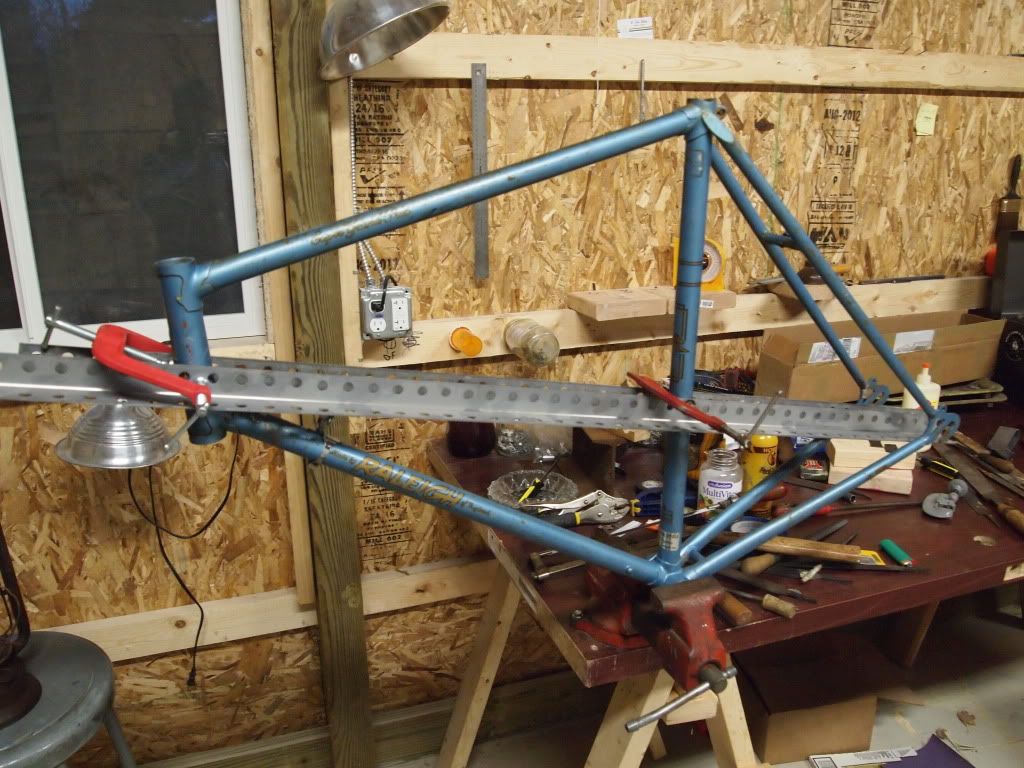
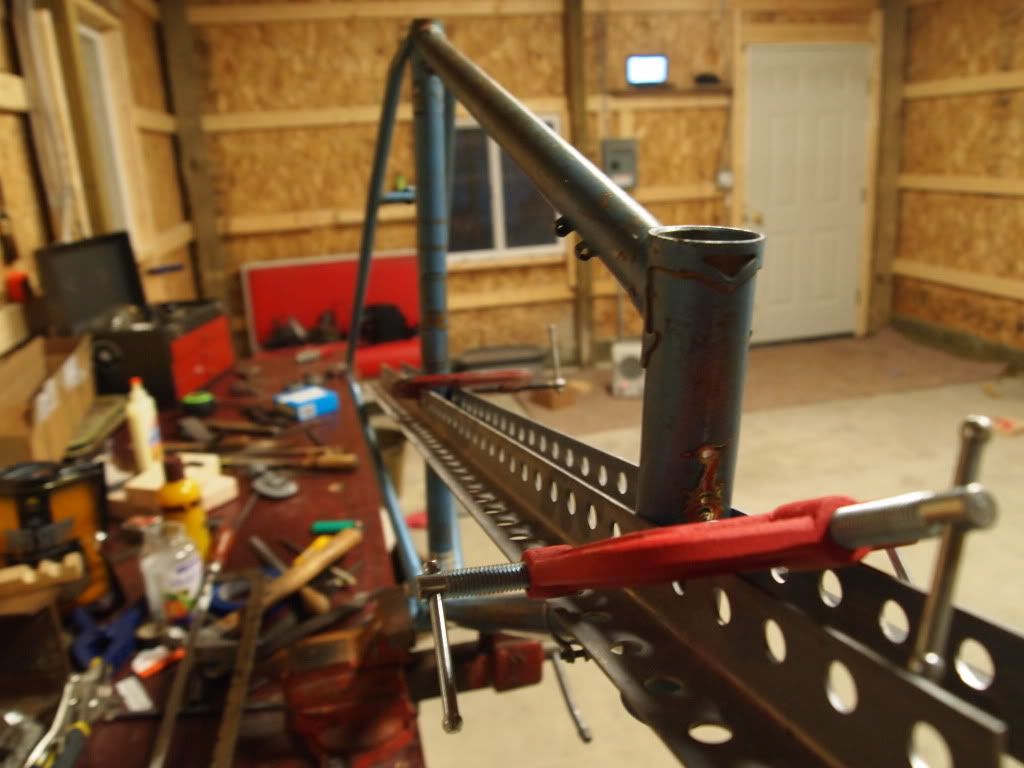
I'll make some dummy axles out of 3/8" threaded post and a big handful of nuts. I'm gonna get a large marble slab to use as an alignment table. It's nowhere near as good as a Henry James or Anvil (or hell, even a Bringheli) jig, but the price is right (by which I mean not $1700-$4k). Depending on how stiff I can get everything held, I might just use the fixtures to pin the lugs to the tubes, and then braze in just the vise. Even with a nice jig, perfect miters and good brazing technique do more to build a straight frame than the jig itself. -
- CommentAuthorrollins
- CommentTimeNov 7th 2012
how is it the frame can become out of alignment, when you are basically plugging tubes into sockets. (serious question not being sarcastic) -
- CommentAuthorbobfike
- CommentTimeNov 7th 2012
The short answer is that for there to be enough space for the silver to totally fill the joint, the lug socket is slightly larger than the tube (a "slip fit"), which is just enough to throw off alignment, especially at the opposite end, where being out of alignment is much more apparent. The long answer is basically what I just said but with math. -
- CommentAuthorMancha150
- CommentTimeNov 7th 2012
Posted By: bobfikeThe short answer is that for there to be enough space for the silver to totally fill the joint, the lug socket is slightly larger than the tube (a "slip fit"), which is just enough to throw off alignment, especially at the opposite end, where being out of alignment is much more apparent. The long answer is basically what I just said but with math.
Hahahaha. Thanks for avoiding the math. Even as an economist, math scares the crap out of me. -
- CommentAuthorEND00291
- CommentTimeNov 8th 2012
I love everything about this thread. Thanks for sharing! -
- CommentAuthorrollins
- CommentTimeNov 8th 2012 edited
Posted By: bobfikeThe short answer is that for there to be enough space for the silver to totally fill the joint, the lug socket is slightly larger than the tube (a "slip fit"), which is just enough to throw off alignment, especially at the opposite end, where being out of alignment is much more apparent. The long answer is basically what I just said but with math.
Wow that sounds it requires a high level of precision, a real craftsman trade. I want this skill set! Straight up welding, without lugs, that has to be even more complicated, at least with the lugs you get a general ball park. right? -
- CommentAuthorbobfike
- CommentTimeNov 8th 2012
I hear what you're saying and the answer is kinda. The relationship between the lug and tubes is symbiotic, really. The lugs hold the tubes and the precision of the miters seats the lugs the proper alignment. There is a ballpark that doesn't happen when fillet-brazing or TIGing a frame together, but there's a big difference between sitting in the center field bleachers and sitting right behind home plate.

